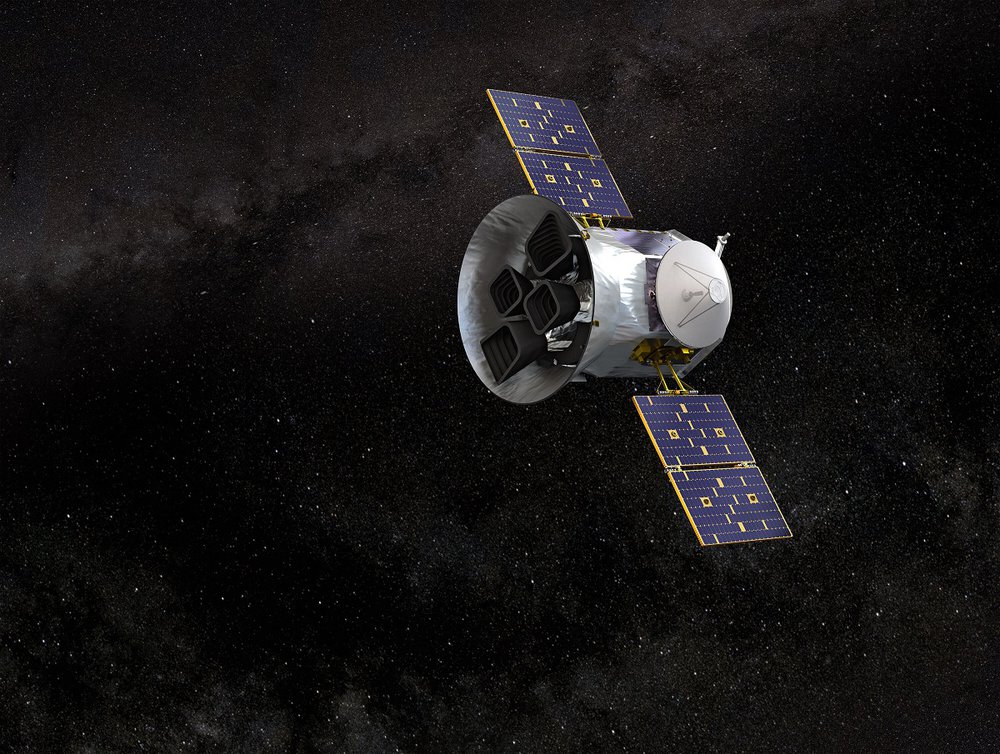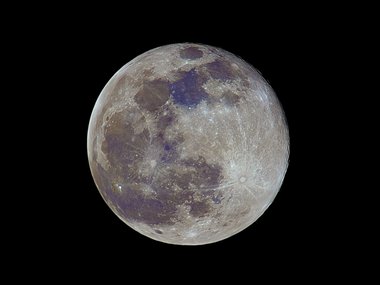Question Your World: Is There Life out There?
Are we alone in the universe? That's a pretty huge age-old question that science has been piecing together bit by bit over the years. Smart men and women are working toward this answer every single day using a myriad of approaches. One of these keeps popping up in the news: identifying new worlds. Does this mean we're getting closer to answering the question, "is there life out there?"
Science helps us answer big questions, and they don't get bigger than this one. Is there life out there? One of the most recent contributions to the answer involves NASA’s Transiting Exoplanet Survey Satellites, also known as TESS. Launched on April 18, 2018, TESS is designed to detect the dimming of a star caused by objects orbiting that star. When something passes between the star and TESS, it blocks just a little bit of light coming from the star, and that very slight dimming helps scientists determine what might be orbiting the star.
TESS then sends its observations to Earth, where astronomers look for promising signals and use other telescopes to confirm they've found real planets. In the time TESS has been operational, it has brought us nearly 1,000 candidate planets outside our solar system - but can any of them support life?

Image credit: NASA
To be a suitable place to look for life, we ask how similar an exoplanet is to what we have here on Earth. We only have this one planet as a place with life, so a lot of our perspective is based on what is familiar to us and our life-hosting planet. Is it terrestrial? Can it hold an atmosphere? Is it just the right distance from its star? Many variables need to be considered before we look for signs of alien inhabitants.
Recently TESS made headlines by guiding astronomers to a potentially habitable planet located 31 light years away. Escaping the solar system as fast as we can manage today, like Voyager 1, it’d take over 500,000 years to get to this newly announced exoplanet. No worries, closer options exist like the rocky world at Proxima Centauri, located a mere 4.2 light years away. But using Voyager style technology, it's still 74,000 years away. So studying these planets isn't likely to involve flying out to ring the doorbell and ask if anyone's home. However, missions like TESS help identify the most promising candidates so we know where to aim future instruments that are designed to help us tease out the answers from far away.
TESS is scheduled to operate through 2022, so stay tuned as scientists continue the quest for more Earth-like planets while trying to answer that age-old question about other life in the universe. Until then we've always got X-Files reruns folks. After all, the truth is out there, and programs like TESS are helping fine-tune our knowledge of the world around us so we can better answer these big questions.

